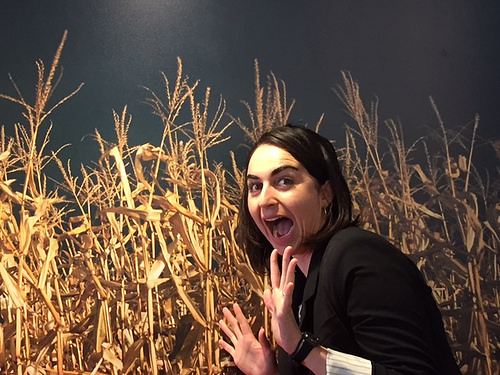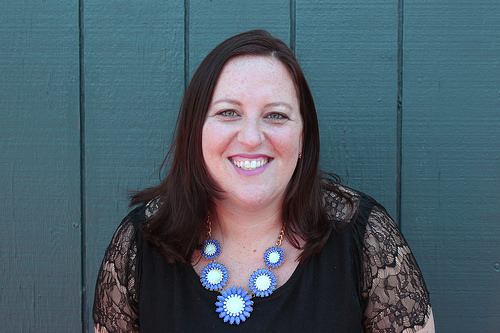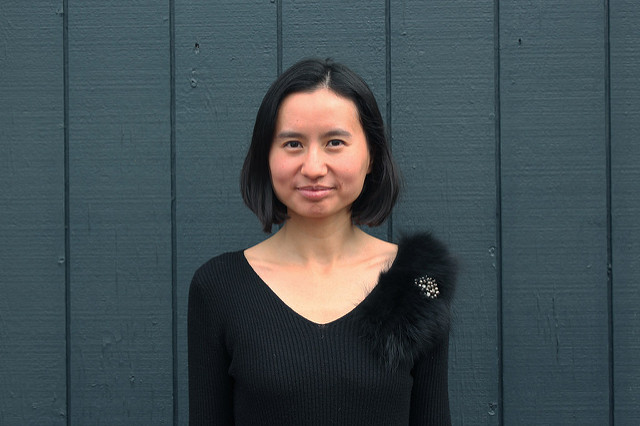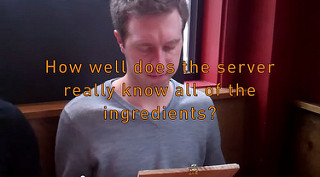
We talk to people every week who follow gluten free and allergen free diets. Ultimately we want to understand why and how they got to that point – and how they manage on a daily basis. The vast majority manages diet out of necessity. They have reactions to allergens in what they eat that range widely in their expression, but all of which have a deleterious effect on their health.
We do everything from formally arranged interviews to impromptu conversations at expos, airports, restaurants, business meetings, or any time the words “gluten free” “food sensitivity” or anything related are uttered. Trust me, there’s nothing like talking about someone’s digestive issues at 6am, before you’ve had your first caffeine of the day.
One of the most important things when conducting this type of product research is developing a deep understanding of the end user. While Scott and Shireen are great prototypical users, we need to make certain we don’t only reflect their experiences, and instead, the wide variety of things that can happen for different people. I’ve compiled some of the highlights from our conversations over the past six months, primarily focused on Celiac Disease, gluten intolerance, and other gluten reactions. Some people have additional allergens they must watch, but those comments are not captured here.
Please note that none of this information has been reviewed by a medical professional and constitutes a portion of product-related research we are conducting in relationship to our first product, Nima. If you have food allergies, or suspect that you do, please contact your physician or other medical professional.
Food allergies, intolerances, and immuno-responses don’t tend to discriminate. We talk to parents of kids under the age of 5, people over 50, men, women, people in urban, suburban, and rural areas, people of varying religious and spiritual practices, and of all ethnic and racial backgrounds.
Most, but not all, have a long path to diagnosis. Since there are 300+ symptoms associated with Celiac and gluten intolerance, it can be incredibly tricky to figure out what is causing the outcome. We heard about some fairly early diagnosis in kids who have diabetes who are being tested annually for Celiac, or those who may have siblings with Celiac. For others, the path may take as long as 10 years. Some go through a variety of traditional Western doctors, while others have turned to holistic practitioners and naturopaths. It may surprise you, but many thought this was just supposed how they were supposed to feel – way below optimal. People have to be persistent to find out what it is that makes them sick.
A short list of symptoms described to us: fatigue, stunted growth, failure to thrive, stomach aches, diarrhea, headaches, sinus issues, depression, yellow eyes, bloating, skin issues/outbreaks, suicidality, miscarriages, headaches, cramps, nausea, constipation, and poor results at school. Clearly all things people would do anything to avoid. Some amount of the folks we have spoken to are asymptomatic – meaning while they’re doing damage to their body, they don’t overtly feel anything, almost more damaging.
How long before the short term symptoms show up after consuming even minute quantities of gluten? One woman jokingly told us that the 2 minutes Nima takes would save her 26 minutes, but we hear anything from 5 minutes to an hour before initial symptoms, while some may not feel results for two weeks. All this to say, many people miss work or important family events due to being exposed.
Not one person wants to go back to eating the allergen that triggers them. All of them are so grateful to have found out what it was that made them ill. The great feeling they have and the absence of symptoms means that they are enjoying life to a greater degree.
The foods that strike terror into hearts vary by allergen, but for gluten, people are worried about fried foods, sauces, soups, dressings, or anything claiming to be gluten-free that might not be. They worry about cross-contamination. Events such as work dinners, potlucks, or even being invited to someone’s home can be really scary. Meal times outside the home generate anxiety, from the moment someone steps in the door, to the questions asked of the server or host, to the time the food is on the plate, to the time elapsed until no symptoms show up after eating. This means people are tense during that entire dining experience, from start to finish. And after that.
How do most people cope with this? Most cook at home, carefully controlling their environment, as they are afraid, nay terrified, to eat out. Others have a small set of restaurants and dishes they trust. While they aren’t interested in resuming eating a particular allergen, they do feel limited in their ability to explore.
These are the stories that motivate our team. We want people to go back to trying new places and new foods – feeling free to fully socially engage without anxiety.










